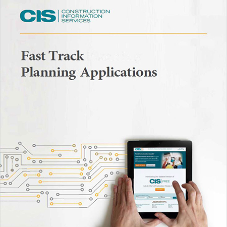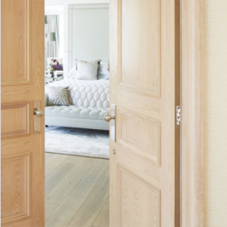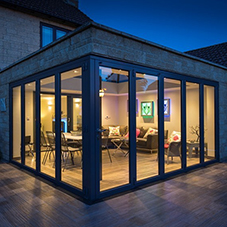The pace of smart home technology continues to increase. With smart home devices now ranging from lighting and audio equipment through to security, well-being products and even kitchen appliances, the potential for an integrated automation within the home is now readily available to everyone.
"Home automation" is a category that can span from something really simple to something extremely complex. It's easy to get overwhelmed by jargon and devices and standards. The simplest way to wade into home automation is eliminate the clutter and focus on what you actually want to do.
If you’re thinking of automating your home, here’s a few things to consider before get you started:
Decide what, where and how to automate
If you’re starting out from scratch and don’t know how automation might look in your home on a daily basis, it can be useful to think of the different tasks you currently do day to day and how often you change things within your home environment, for example, where do you spend most of the time in your home? When and doing what? Asking these questions can identify the most common occurrences which are perfect for automating. Not only will these likely be the best candidates for automation, but the chances are high that there’s a smart device out there to do the job.
Automate the easy way
You don’t need a degree in engineering to be able to start automating your home. The easiest way to get started with simple home automation is to buy tools that are specialized for certain tasks. For some things, you can use simple timers and sensors to turn the ordinary devices you already have into smart automated ones. There are very simple remote control outlet units that allow you to press a single button anywhere in the house and turn anything connected to a power outlet on and off. In the market, there also are simple, self-contained wireless automation units that plug in to your power outlets and connect directly to your WiFi and can be controlled with a mobile device.
Make sure your products are compatible
Home automation is a constantly evolving field, and it can feel a little daunting at first, but don’t get discouranged! Knowing a few simple basics about the types of devices you buy will allow you to plan for their eventual obsolescence. Here’s the secret: when buying new home automation products, check for backwards compatibility with the products you already have. When you choose products that are backwards compatible, you expand your system rather than replace it.
Consider getting an Automation Hub
Smart home hubs offer functionality; they can connect all of your devices to the cloud and give you one app that acts as a sort of universal remote. Most smart hubs and controllers utilize either a partner app which can be interfaced through a smartphone or tablet. And, a hub provides the ability to automate your gadgets. For example, when you unlock your door, the lights in your entryway will automatically turn on, and the heating will turn on. There are many different types of hubs on the market and the technology is constantly getting more and more sophisticated.
Find more Home Automation resources on our Home Automation Hub.
Related Blog Articles







![Residential Sector Market Overview [INSIGHT] Residential Sector Market Overview [INSIGHT]](/20/blogentry/00/05/54/th554.png)




